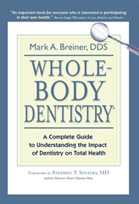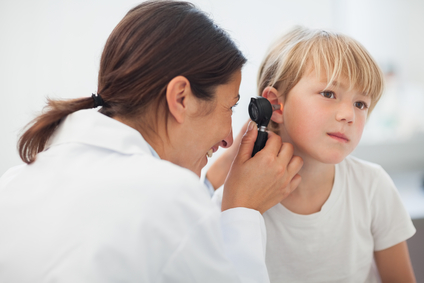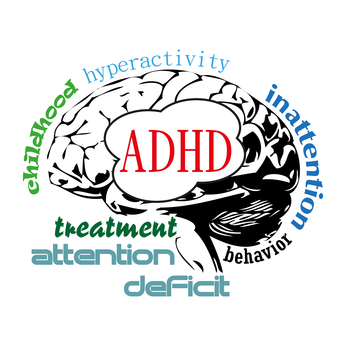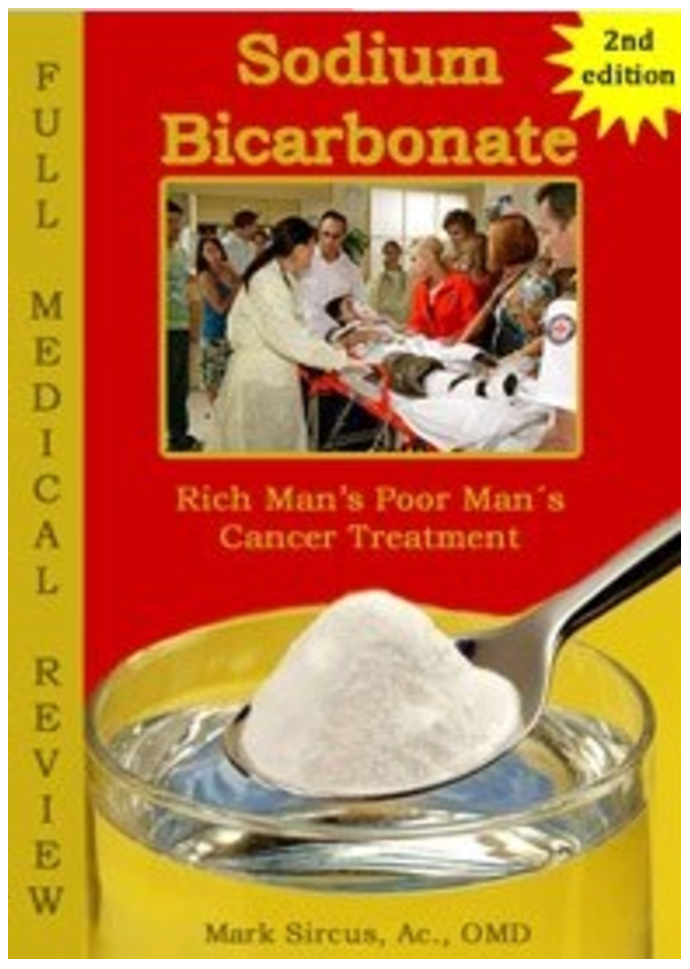 I was listening to a replay of The Power Hour internet radio show today and was very pleasantly surprised to hear my own dentist, Mark Breiner of Whole-Body Dentistry in Trumbull, CT as a guest on the show. He is a holistic dentist who doesn’t use mercury, fluoride or BPA.
I was listening to a replay of The Power Hour internet radio show today and was very pleasantly surprised to hear my own dentist, Mark Breiner of Whole-Body Dentistry in Trumbull, CT as a guest on the show. He is a holistic dentist who doesn’t use mercury, fluoride or BPA.
While listening to the show, I realized that my sons and I are extremely fortunate to have him as our dentist. Not only is he an IAOMT dentist who safely removes mercury fillings, but he also looks at how the health of the body is in relation to the teeth.
He looks at things from an energetic perspective. Each tooth sits on a particular acupuncture meridian, so an unhealthy tooth can affect the systems and organs related to that meridian.
In addition, mercury fillings, because they are metal, affect the electrical energy along that meridian. I remember when I first went to see Dr. Breiner. He measured the voltage, current and power of each mercury filling, and it was very disturbing to me to know that there was a significant amount of each coming from each filling.
Dr. Breiner also practices homeopathy as a means of helping the body detoxify from the mercury, as well as from other toxins lurking in the body.
He’s written a fantastic book, “Whole Body Dentistry: A Complete Guide to Understanding the Impact of Dentistry on Total Health,” that explains his perspective.
You can listen to the replay of the show here and here. We are fortunate indeed!
![[Webinar Signup] What Is the Body Ecology Diet? An Interview with Donna Gates Body Ecology Diet: An Interview with Donna Gates](https://www.mariarickerthong.com/wp-content/uploads/2013/11/Donna-Gates-and-Body-Ecology-Diet.jpg) Donna Gates is the developer of the Body Ecology Diet, a gut-healing diet that can be used to recover symptoms of autism, ADHD, autoimmune diseases, hormonal imbalances and more.
Donna Gates is the developer of the Body Ecology Diet, a gut-healing diet that can be used to recover symptoms of autism, ADHD, autoimmune diseases, hormonal imbalances and more. I was watching “
I was watching “ Have you or your child ever had tremendous ear pain when flying because of blocked sinuses, cold or ear infection? I have, and it is excruciatingly painful! I swear one of my eardrums hasn’t been the same since then.
Have you or your child ever had tremendous ear pain when flying because of blocked sinuses, cold or ear infection? I have, and it is excruciatingly painful! I swear one of my eardrums hasn’t been the same since then. In the fall of 2013, I attended “
In the fall of 2013, I attended “
 Did you know that most, if not all, school shootings were performed by children on some type of anti-depressant or other psychological medication?
Did you know that most, if not all, school shootings were performed by children on some type of anti-depressant or other psychological medication? I’m sorry to say that most people just don’t know this. I didn’t either, despite the fact that it was published by the Environmental Working Group (EWG) in 2005, the year my older son was born.
I’m sorry to say that most people just don’t know this. I didn’t either, despite the fact that it was published by the Environmental Working Group (EWG) in 2005, the year my older son was born. You’ve heard it before: everybody is super-stressed these days. Personally, I think a lot of it has to do with technology creep into our daily lives.
You’ve heard it before: everybody is super-stressed these days. Personally, I think a lot of it has to do with technology creep into our daily lives. I have to say, I was fascinated with the material in Dr. Mark Sircus’ book, “Sodium Bicarbonate: Rich Man’s, Poor Man’s Cancer Treatment” because it provides a fundamental framework for understanding the nature of disease: that chronic health conditions and diseases arise from an acidic state of the body.
I have to say, I was fascinated with the material in Dr. Mark Sircus’ book, “Sodium Bicarbonate: Rich Man’s, Poor Man’s Cancer Treatment” because it provides a fundamental framework for understanding the nature of disease: that chronic health conditions and diseases arise from an acidic state of the body.

